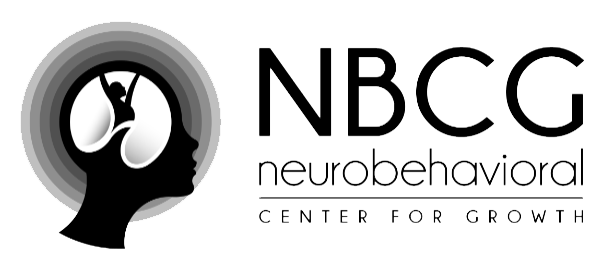Understanding Seasonal Depression: A Guide for Patients
By: Rebecca Husain, MSN, PMHNP-BC, M.Ed
Looking at the beautiful snowcapped mountains every morning is one of my favorite things about living in Salt Lake City. I grew up in Indiana, so the view here never gets old to me. I also look forward to the many ski resorts opening, as this is a sport that my kids and I have come to love. Getting used to the colder weather, snow, and less sunlight during these long months has been a transition, though. We lived in San Antonio, TX for 10 years before moving here, and were spoiled by slightly chilly weather, where we could still enjoy many outdoor activities year-round.
As the seasons change, many people experience shifts in their mood and energy levels. For some, these changes can lead to a form of depression known as Seasonal Affective Disorder (SAD). If you find yourself feeling more down during the fall and winter months, you’re not alone. The purpose of this blog post is to shed light on seasonal depression, its symptoms, causes, and effective coping strategies, so that you can enjoy these colder months, and stay mentally healthy.
What is Seasonal Affective Disorder (SAD)?
Seasonal Affective Disorder, also known as seasonal depression, or “winter blues,” is a type of depression that occurs at a specific time of year, usually during the fall and winter months when daylight hours are shorter, and the weather tends to be colder. Symptoms usually improve with the arrival of spring. SAD has been linked to changes in the brain in response to shorter daylight hours and less sunlight exposure in winter. People experience a shift in their body’s biological internal clock (circadian rhythm) that can cause them to be out of line with their daily schedule.
Symptoms of Seasonal Depression
The symptoms of SAD can vary from person to person, but common signs include:
Depressed mood
Increased fatigue or lethargy
Changes in appetite or weight (increased or decreased)
Difficulty concentrating
Loss of interest in activities once enjoyed
Sleep disturbances, such as oversleeping or insomnia
Irritability
Social withdrawal
These symptoms can be distressing and can interfere with daily functioning. About 5% of adults in the U.S. experience SAD, and younger people and women are at a higher risk. If you recognize these symptoms in yourself during specific seasons, it may be time to seek help.
Causes of Seasonal Depression
Several factors may contribute to the development of SAD, including:
Reduced Sunlight Exposure: Shorter days and reduced natural light can disrupt your body’s production of serotonin, a neurotransmitter that helps regulate mood.
Circadian Rhythm Disruption: The change in daylight can alter your internal body clock, affecting sleep patterns and mood regulation.
Genetic Factors: A family history of depression or mood disorders can increase your risk of developing SAD.
Vitamin D Deficiency: Sunlight exposure is a key source of Vitamin D, which plays a crucial role in mood regulation. A deficiency can potentially lead to depressive symptoms.
Coping Strategies for Seasonal Depression
If you suspect you are experiencing SAD, there are several strategies you can implement to help manage your symptoms:
Light Therapy: Consider investing in a light therapy box that mimics natural sunlight. Using it for about 20-30 minutes each morning can help alleviate symptoms.
Stay Active: Regular physical activity can boost your mood and energy levels. Aim for at least 30 minutes of moderate exercise most days of the week. If you are able to bundle up and take a daily walk outside, or find a winter sport to enjoy, even better! You will also get sunlight exposure this way, increasing your Vitamin D.
Maintain a Routine: Establishing a daily routine can provide structure and stability, which may help combat feelings of fatigue and hopelessness.
Seek Professional Help: Don’t hesitate to talk to a mental health professional. Therapy, such as cognitive-behavioral therapy (CBT), can be particularly effective for SAD, and medication may also be an option to discuss.
Social Support: Connect with friends and family, even if it’s virtual. Social interactions can provide emotional support and combat feelings of isolation.
Mindfulness and Relaxation Techniques: Practices such as meditation, yoga, or deep-breathing exercises can help reduce stress and improve overall well-being.
Conclusion
Seasonal Affective Disorder can be a challenging experience, but it’s important to know that there are effective strategies and treatments available. If you find that your mood significantly drops with the change of seasons, consider reaching out to a healthcare professional for guidance. By taking proactive steps, you can manage your symptoms and enjoy the changing seasons to their fullest. And remember, spring is just around the corner!


